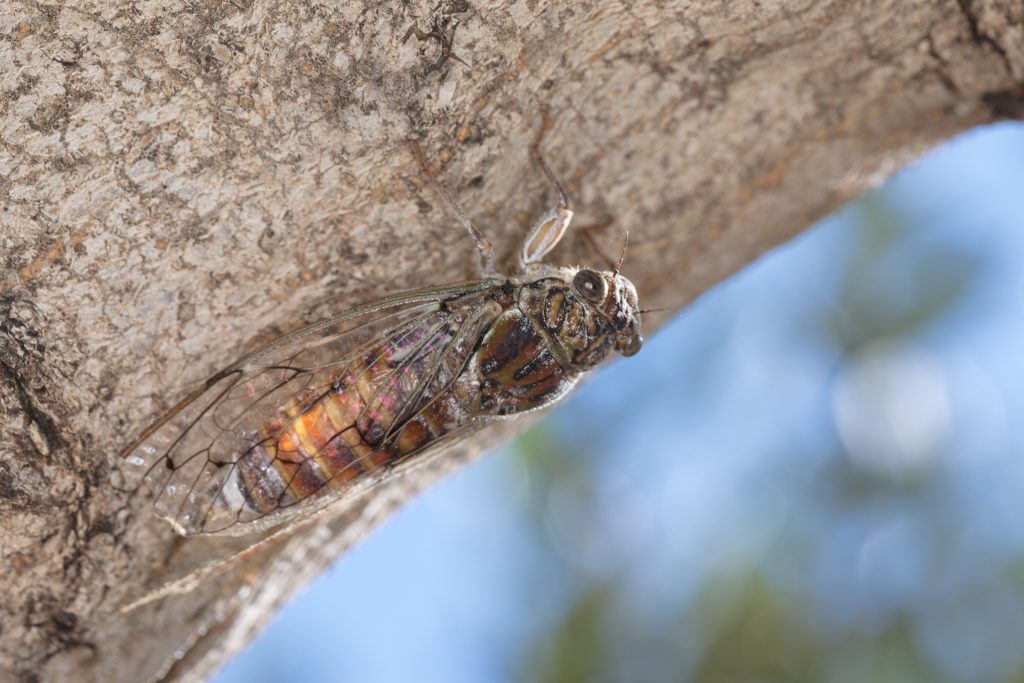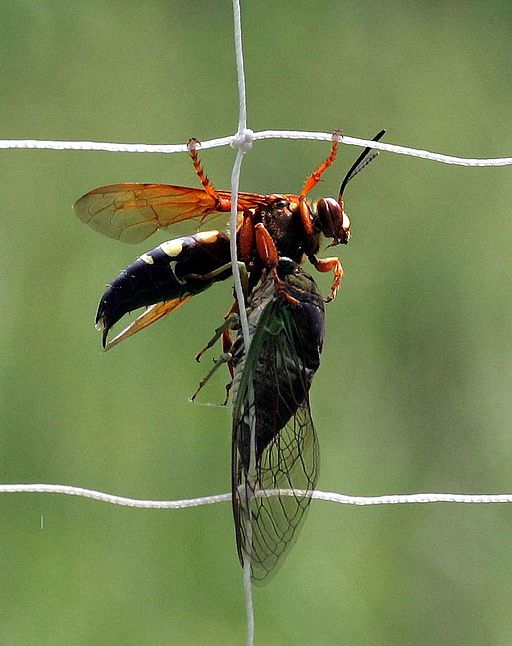

Periodical cicada emergences in different regions are not synchronized, and different populations comprise the 15 largely parapatric periodical cicada “ Broods,” or year-classes. When they do emerge after their long juvenile periods, they do so in huge numbers, forming much denser aggregations than those achieved by most other cicadas. Magicicada are so synchronized developmentally that they are nearly absent as adults in the 12 or 16 years between emergences. The periodical cicadas can be divided into three species groups (-decim, -cassini, and -decula) with slight ecological differences. The three 17-year species are generally northern in distribution, while the 13-year species are generally southern and midwestern. There are seven species - four with 13-year life cycles and three with 17-year cycles. Periodical cicadas are found only in eastern North America. However, other timings are possible for example, stragglers are being reported in 2022 some of these cicadas seem to be emerging 1 year late in the territory of Brood X, but others are emerging 2 years early in the territory of Brood XIX. Stragglers seem most common ☑ or ±4 years surrounding the emergence of their brood. These cicadas, known as “stragglers,” can sometimes reach significant densities. However, plenty of cicadas emerge off-cycle. Brood XI would have emerged, but this brood has gone extinct. No Magicicada are expected to emerge in 2022.


Periodical cicada emergences are notable not only because they involve large numbers of insects, but because those insects are striking in appearance, loud, and extremely active… but only for a brief period. Periodical cicadas ( Magicicada spp.) are among the most unusual of insects, with long life cycles, infrequent, periodic mass emergences, striking appearance, and noisy behaviors.


 0 kommentar(er)
0 kommentar(er)
